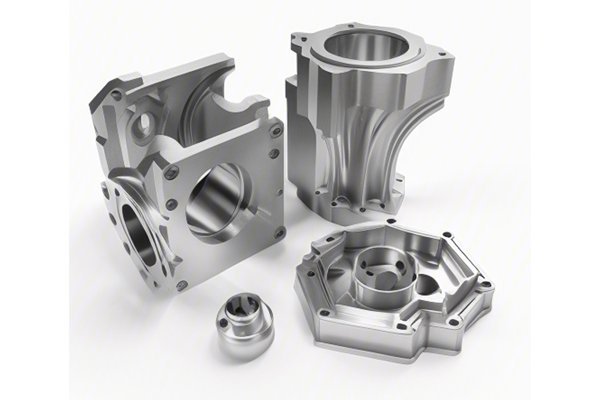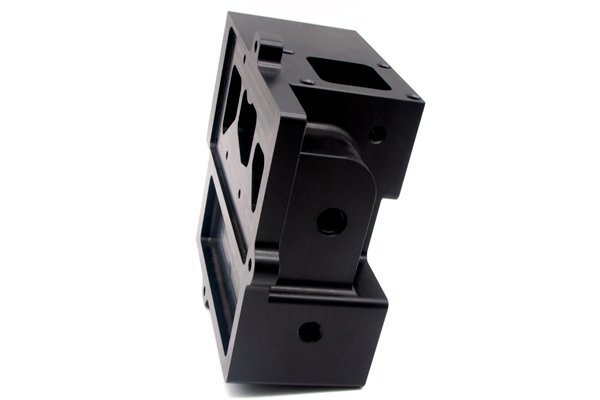Opening
Did you know that the melting point of steel can significantly influence the profitability and efficiency of steel production and various machining processes? With the global steel industry’s value projected to surpass $1.5 trillion by 2027, understanding the nuances of steel melting points becomes crucial for manufacturers and consumers alike. But how exactly does the melting point of steel affect the broader economic landscape, especially in steel smelting and CNC machining?
to Steel Melting Points
Steel, an alloy primarily composed of iron and carbon, boasts melting points ranging from approximately 1370°C to 1510°C (2500°F to 2750°F). This variability is influenced by several factors, including the specific alloying elements present, the carbon content, and the heat treatment methods applied. The melting point of steel is more than a mere scientific measurement; it plays a critical role in determining processes and, ultimately, costs in steel smelting, CNC machining, and a host of other applications.
Understanding these melting points and their impact on efficiency can lead to better resource management, reduced waste, and increased competitiveness in the marketplace. In this blog, we explore the multifaceted economic implications of steel melting points, where manufacturing precision and economic viability intersect.
The Significance of Steel Melting Points in Steel Smelting
Melting Point and Resource Allocation
Efficiency in steel production begins with addressing the melting point. For steel manufacturers, the melting process consumes energy and materials. A lower melting point steel means less energy required to achieve a molten state, translating into reduced fuel costs. For instance, low-carbon steel alloys often melt at lower temperatures, making them more cost-effective in terms of energy consumption.
Conversely, higher melting point steels—such as tool steels and some specialty alloys—require advanced furnace technologies and more energy to achieve the desired temperature, increasing production costs. Thus, the choice of steel alloy directly impacts the economy of scale, establishing a delicate balance between performance and expenditures.
Process Optimization and Quality Control
Steel melting point also dictates the necessary processing equipment and techniques. Manufacturers need to invest in various furnaces, induction heating units, and other smelting tools depending on the specific melting points of the alloys with which they work. This investment influences both capital expenditures and operational expenses, as maintaining specialized equipment for high-melting-point alloys may entail more significant costs in terms of wear and maintenance.
Additionally, understanding melting points aids in refining quality control measures. If smelting processes are not well-aligned with the melting characteristics of the material, issues such as improper alloy composition and contamination can lead to defects, which are economically detrimental in the long term.
Supply Chain Efficiency
The supply chain is another area affected by melting points. As steel manufacturers determine the types of steel to produce, they also establish relationships with suppliers and distributors. Low-melting-point steel may create more economically viable production schedules, resulting in a smoother supply chain with enhanced delivery timelines.
However, transitioning to low-melting-point inputs necessitates a thorough examination of market needs and demands. Understanding customer applications and preferences becomes essential in determining whether to produce lower or higher melting point alloys, emphasizing the importance of market research in economic planning.
CNC Machining: Melting Points and Performance
Material Selection for Machining
In CNC machining, the properties of the raw materials significantly dictate manufacturing outcomes. Steel’s melting point informs machinability—particularly concerning the compatibility of cutting tools and the ability to achieve desired tolerances. Materials with higher melting points often present unique challenges in CNC machining, where tool selection and cooling methods can dramatically affect production efficiency and lifespan of machinery.
When selecting materials for CNC machining, an understanding of the melting point can optimize tool geometry, design, and process strategies. For instance, choosing high-speed steel (HSS) for machining high-melting-point alloys will require substantial consideration of heat generation during the cutting process. If not managed appropriately, this can result in poor surface finish, tool wear, and even catastrophic tool breaks, ultimately increasing costs and lead times.

Cost Implications in CNC Machining
The costs associated with machining can be directly correlated to the melting points of the materials employed.
Innovation in CNC Machining
The economic ramifications extend to fostering innovation as manufacturers strive to adapt to high-melting-point materials. New technologies, such as advanced coating techniques, innovative cutting tools, and tailored machining parameters, have emerged. For businesses, investing in such innovations can provide a competitive advantage by increasing productivity while simultaneously reducing operational costs.
Collaboration between machinery manufacturers and metallurgy experts is crucial for developing bespoke solutions geared toward optimizing performance with high-melting-point materials, ultimately leading to more efficient machining processes and substantial cost savings.
The Broader Economic Implications
Market Competitiveness
The influence of steel melting points reaches into the realm of market competitiveness. Organizations that understand how to leverage these properties to optimize production processes can better position themselves within the industry. High-quality output, reduced waste, and faster response times contribute to an organization’s reputation and ability to outshine competitors.
Moreover, the capacity to adapt to market demands—whether for high-performance materials or cost-effective options—allows companies to pivot efficiently in response to evolving customer needs.
Sustainability and Cost-Efficiency
The modern industry increasingly emphasizes sustainability, and this intersects with steel melting points. With energy prices rising, companies are compelled to explore more efficient processes that utilize resources more effectively. This holds particularly true for the steel sector, where optimized melting processes can translate into reduced carbon footprints and better energy management.
By aligning melting point considerations with sustainable practices, businesses can not only drive down costs but also enhance their environmental compliance, aligning with global sustainability goals.
The economic impact of steel melting points in steel smelting and CNC machining is a multifacetal topic that encompasses energy consumption, resource allocation, process optimization, and market competitiveness. Understanding the melting points of different steel alloys helps manufacturers optimize their production processes, improve supply chain efficiency, and enhance the overall quality of their products.
As industries evolve towards sustainability and innovation, the role of melting points becomes increasingly vital. By strategically leveraging this knowledge, businesses can drive significant cost savings, adapt to market dynamics, and foster innovative machining techniques, which are all essential for long-term success in an ever-competitive landscape.
In conclusion, as the world trends towards the continued growth of the steel industry, the intricacies of melting points deserve our attention. The intersection of metallurgy and machining processes holds invaluable insights that every manufacturer should embrace, making this topic not only worthy of consideration but critical for future economic viability.






